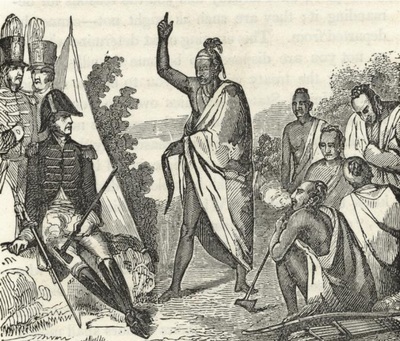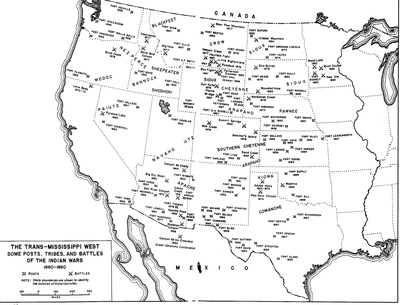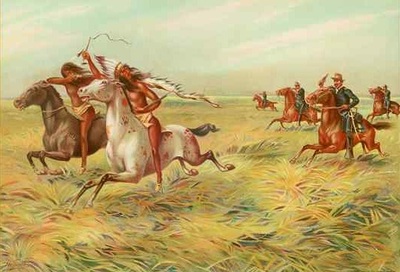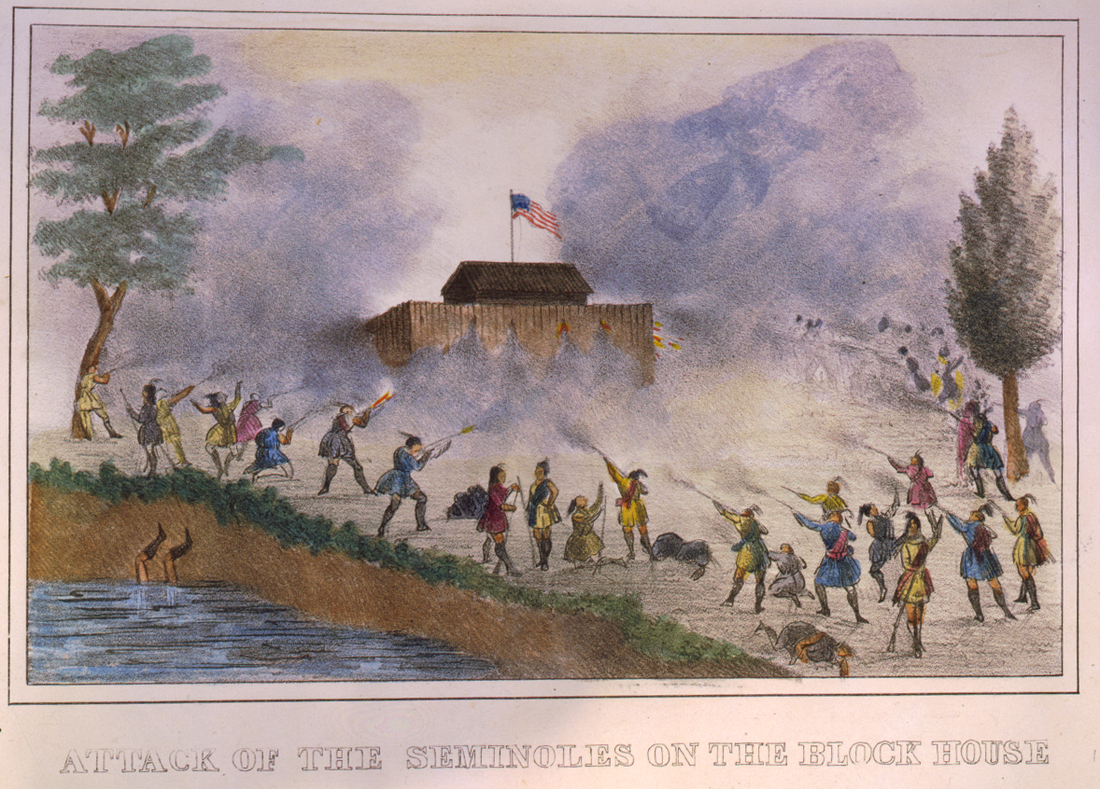History: Wars And Disputes
Click to set custom HTML
|
European Expansion
As the Europeans expanded, they pushed into the Lakota Sioux westward, who pushed into the Blackfeet and Crow. As the Europeans expanded even more some tribes assimilated with the europeans. Sedentary groups tended to merge more quickly and easily that nomadic groups. This is because a nomadic group faces more dramatic changes then a sedentary group. Another reason is that since a nomadic group had horses they could resist more easily. |
After European Arrival
When Europeans arrived they pushed native americans westward. The Europeans brought new kinds of products, like iron tools and weapons, giving the native americans an economic motive to fight. The spanish also brought horses. Europeans traded these things for beaver pelts. The Iroquois and Algonquin tribes fought over access to beaver pelts which they traded for iron tools and firearms. Access to the horses allowed the Lakota Sioux to attack the plains indians and gain access to the buffalos as a food source. The horses also allowed them to travel quickly and far. In general however the arrival of Europeans intensified competition over resources. |
Before European Arrival
Before Europeans, the native tribes did not have long drawn-out wars. They made quick raids on each others settlements, stealing women for wives, men to replace those who had been killed and armor. They also fought over hunting land. |




